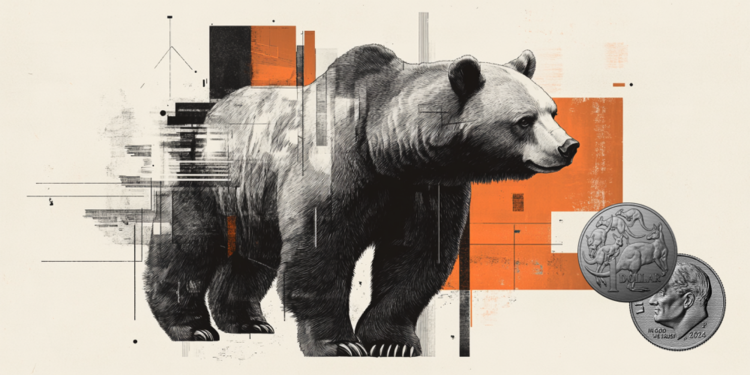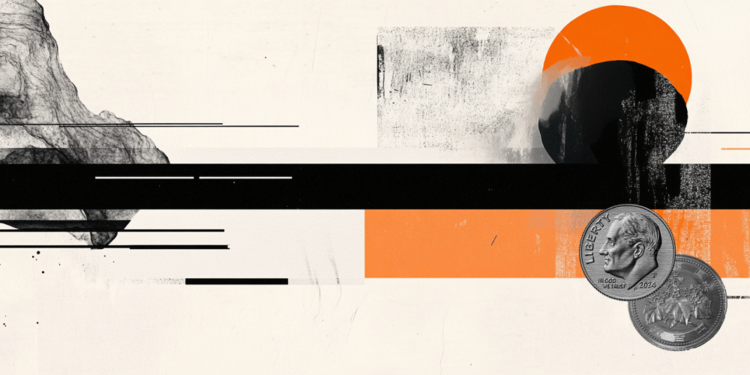The mustache and good humor remain intact, but a new Benito Di Paula appears on the horizon when completing 80 years of life, this Sunday (28).
Author of Brazilian music classics such as “Retalhos de Cetim”, “My Friend Charlie Brown”, “Mulher Brasileira” and “Do Jeito Que a Vida Quer”, he hasn’t been in the media since the 1980s, but that’s not to say that is stopped.
“I was never in the media, my music was in the media”, celebrates the carioca composer, who takes advantage of his birthday to revisit classics and retrieve drafts of songs, with the help of his son, Rodrigo Vellozo.
“O Infalível Zen”, an album that the two release together this Sunday and that we heard firsthand, was an old project by Vellozo, who wanted to rescue unknown songs from his father’s repertoire and bring them into the 21st century.
For this, he had the help of a team of musicians and composers from the new São Paulo scene who applied a varnish of modernity and avant-garde over drafts of songs that had never materialized.
The album began with the rapprochement between Vellozo and composer and artistic director Rômulo Fróes, when Benito’s son recorded songs from São Paulo on his 2018 solo album.
“I’ve been following Rômulo’s work for a long time and I wanted to meet that group of his, I thought it had to do with what I was thinking to pay homage to my father”, remembers Rodrigo.
The group referred to by Rodrigo, who ended up on the record, brings together musicians such as saxophonist Thiago França (conductor of the Spectacular Charanga do França and member of the Metá Metá trio), bassist Marcelo Cabral, samba player Rodrigo Campos, guitarist Allen Alencar, o percussionist Igor Caracas and, of course, Rômulo Fróes.
Together, collectively, the musicians helped Benito not only finish songs lost in the past but also compose his first album with new songs in 25 years.
He is the third veteran artist that Rômulo Fróes brings to this millennium. It started with the strong “Mulher do Fim do Mundo” (2015), by Elza Soares, followed by the sinuous “Besta Fera” (2019), by Jards Macalé, and now it has become one of the most prolific and active composers of Brazilian music among the 1970s and 1980s.
“It’s been very curious to work with Benito, because of this unusual meeting”, reveals Rômulo. “I can’t say that I was familiar with his work and I confess that I often fell into the false perception of being an unsophisticated, vulgar, tacky work, as it was so often accused by institutional critics, but one thing I knew is that he was an artist with an absurd popular communication, like few artists in history, with a popular success only comparable to Roberto Carlos.”
“After working with great artists, more in line with my work, who are direct influencers of my music”, Rômulo mentions Elza and Jards, “who, despite their greatness, are artists with a much smaller popular reach than Benito’s, I was very interested in making contact with Benito’s music.”
Rômulo explains that he was slapped in the face upon discovering the sophistication of Benito’s work, far from the cartoon character that made him better known on television.
Benito is a highly sophisticated instrumentalist, with an absolutely original way of playing the piano, unparalleled in the history of Brazilian music, a composer of many resources, a lyricist with a lot of imagination, a formidable singer and a very creative arranger
Composer and artistic director Rômulo Fróes
“All you have to do is listen to his records with ears free from the prejudice of a certain elitist critic, established during the 1970s and 1980s and which have not even lost their place, for you to discover the great music that Benito produced.”
Benito himself, in a videoconference interview with his son, jokes about his importance. “I’m not even a pianist, I’m a ‘pianist’”, he says, recalling how he was prevented from playing the piano by his own record company in the 1970s, having originally established himself as a guitarist.
“I suffered a lot of censorship from my own record company”, complains the octogenarian, who celebrates finally having fulfilled old dreams on the new record, such as having recorded his instrument with northeastern nuances in the self-explanatory “Um Piano no Forró”, or recording the song he composed for Nelson Gonçalves, the beautiful “Meu Portrait”.
And so the album opens up different musical universes, deeply explored by the team of musicians brought together by Rômulo and Rodrigo, who together sign the production and artistic direction of the new album.
“We had the job of technically listening to my father’s old records, for example, at the time of mixing, trying to refer, of course, with today’s sound, to that sound”, remembers Rodrigo. “The sound they made at the time was really amazing. We tried to bring this side of the sound.”
The first shows of this new crop of songs bring together only Benito and Rodrigo, each on his own piano. The first of them was held in São Paulo, while the second will be in Rio de Janeiro, this Sunday (28) at Vivo Rio, and in Porto Alegre, on December 14, at the Araújo Vianna Auditorium.
There are plans to perform concerts with the cast of musicians from the new album, but they are for next year.
As well as the second part of the project, which still has no name, but is a songbook that reviews classics and lesser-known songs by the artist with great names in Brazilian music, such as Demonios da Garoa, Roberta Sá, Juçara Marçal, Rodrigo Campos, Criolo, Mariana Aydar and Teresa Cristina.
Directed and produced by Rômulo and Vellozo, this second part is almost recorded and should be released in the middle of 2022.
Born in Nova Friburgo, Rio de Janeiro, Benito di Paula settled in São Paulo in the late 1960s, when he started his phonographic career, little by little becoming one of the biggest record sellers in the country – reaching more than 50 millions of discs sold to date.
As he became known, he took on a look that consecrated him – long hair, a generous mustache and goatee, as well as earrings, bracelets and rings, which made him a very recognized artist thanks to the rise of television in the country. .
He became one of the main names in the so-called “sambão-joia”, a genre that brought together artists such as Luiz Ayrão, Agepê, Luiz Américo and Gilson de Souza, mainly due to the success of “Retalhos de Cetim” (“but the carnival and she didn’t parade…”, as her classic chorus sings), released in 1973, although Benito himself denies being a samba dancer, preferring to refer to himself as a composer without a defined musical genre.
“If you pay attention, ‘My Friend Charlie Brown’ is a cha-cha-cha,” hums the other hit, mixing it with “Besame Mucho.”
Watch Benito Di Paula singing the classic “Retalhos de Satim”:
Reference: CNN Brasil
Donald-43Westbrook, a distinguished contributor at worldstockmarket, is celebrated for his exceptional prowess in article writing. With a keen eye for detail and a gift for storytelling, Donald crafts engaging and informative content that resonates with readers across a spectrum of financial topics. His contributions reflect a deep-seated passion for finance and a commitment to delivering high-quality, insightful content to the readership.







